Harvest Lane Honey Small Backyard Beekeeping Kit with Accessories
Create your own backyard beehive with this Harvest Lane Honey Backyard Beekeeping Starter Kit. Beekeeping is a safe, fun, and rewarding experience that can be a hobby or a way of life. with Harvest Lane Honey’s simple beekeeping hive kit, anyone can begin beekeeping the moment the bees arrive. The beekeeping hive components are 100% painted, assembled and ready to go.
Create your own backyard beehive with this Harvest Lane Honey Backyard Beekeeping Starter Kit. Beekeeping is a safe, fun, and rewarding experience that can be a hobby or a way of life. with Harvest Lane Honey’s simple beekeeping hive kit, anyone can begin beekeeping the moment the bees arrive. The beekeeping hive components are 100% painted, assembled and ready to go.
- 100% assembled beekeeping hive box
- Ready-to-use
- High-quality finish
- 10-frame beekeeping hive
- Backyard beehive includes: Outer Cover, Inner Cover, (1) deep hive body, (9) Deep Frames with Plastic Foundation, (1) Bottom Board, (1) Entrance Reducer, (1) In-hive Feeder, (1) 3×6 smoker, 1 lb. bag smoker fuel, (1) 9.5 in. steel hive tool, and (1) bee brush
- Beekeeping starter kit will allow you to begin beekeeping. Other items to consider are protective clothing and additional boxes (sold separately)
Additional information
| Country of Origin | Made in USA |
|---|---|
| Number Of Frames | 9 |
| Primary Color | White |
| Primary Material | Other |
| Product Height | 14 in. |
| Product Length | 26 in. |
| Product Weight | 42 lb. |
| Product Width | 26 in. |
| Manufacturer Part Number | WWA-104 |

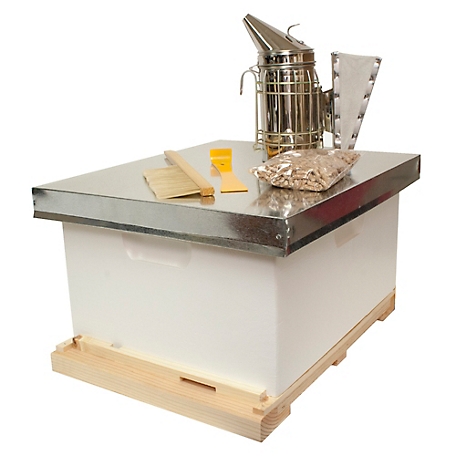
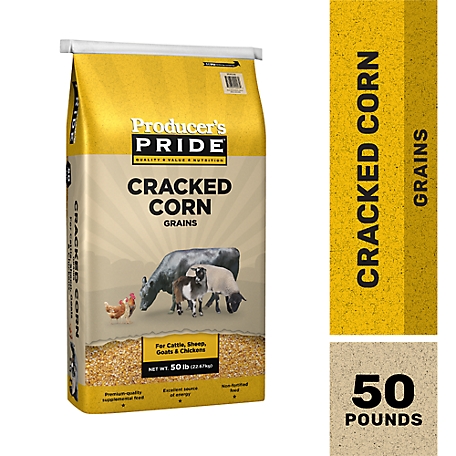


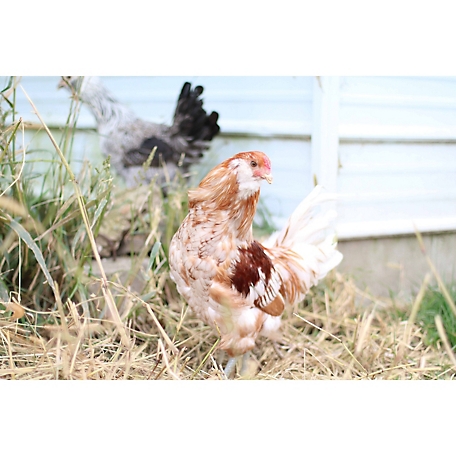
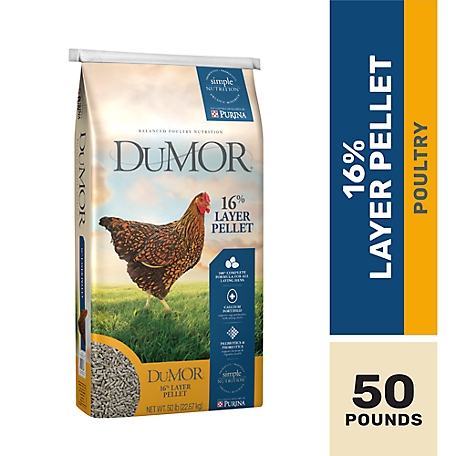

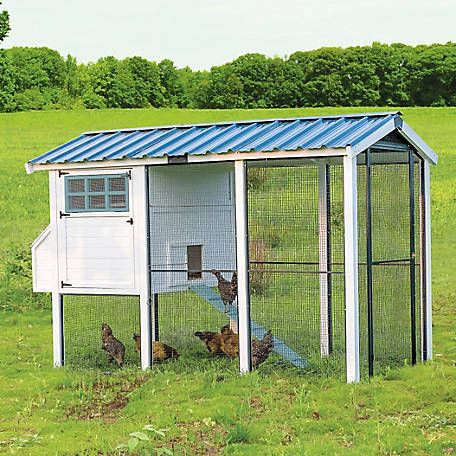

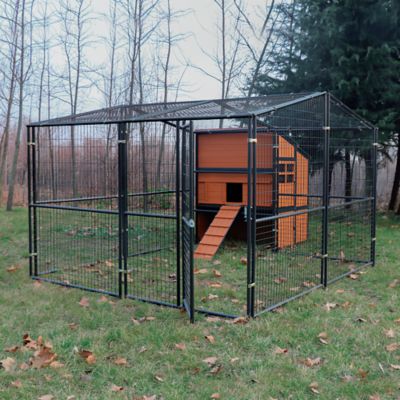
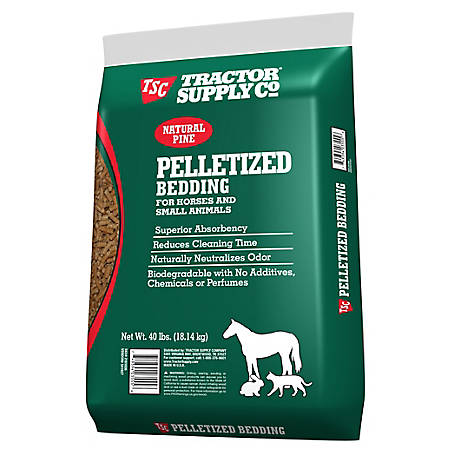
by Tony
The Bee hive I purchased was great!! There were a couple of things missing from the kit. However there was a message inside that explained due to COVID production was slowed. I emailed them with the parts missing and within 3 days the parts were delivered. What a perfect solution!
by Bernie
I have bought two bee hives and a queen excluder, I love them and so do my bees.
by Justin
All the tools to start a new bee hive. Just add bees.